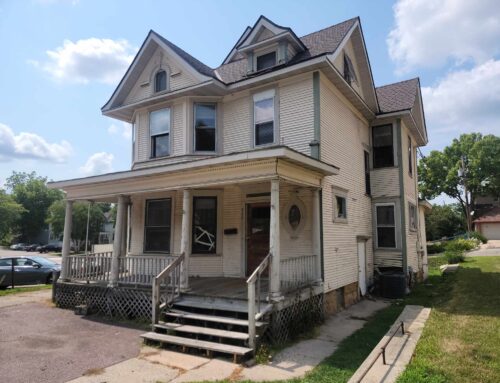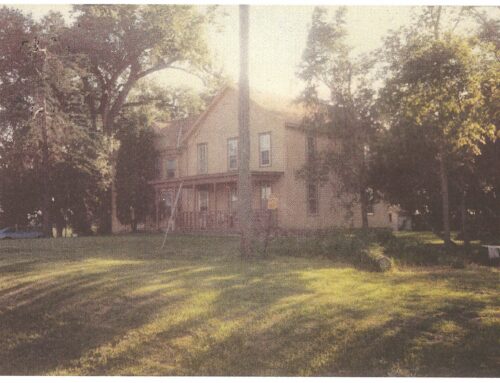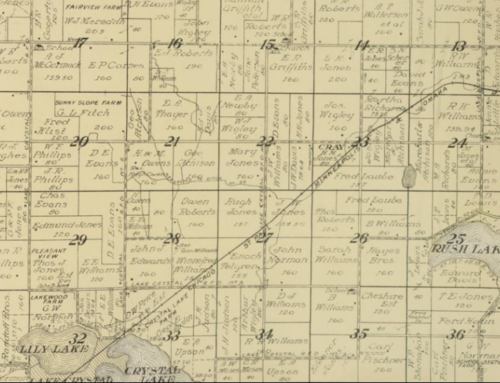 In late January 1852, Parson K. Johnson and Henry Jackson, along with a few other men, set out from St. Paul and landed at the conjunction of the Blue Earth and Minnesota Rivers. Johnson and Jackson, plus 6 other men made up the first non-Native American settlers in Blue Earth County.
In late January 1852, Parson K. Johnson and Henry Jackson, along with a few other men, set out from St. Paul and landed at the conjunction of the Blue Earth and Minnesota Rivers. Johnson and Jackson, plus 6 other men made up the first non-Native American settlers in Blue Earth County.
It was not until March 5, 1853, that the territorial legislature passed an act that created Blue Earth County. The legislature appointed the first county commissioners: James Hanna, John Hinckley, and Joseph Babcock. Blue Earth County covered most of Southern Minnesota at this point except for where the counties of Wabasha, Dakota, Goodhue, Rice, Scott, Fillmore, and parts of Le Sueur are today. In April 1853, the first registrar of deeds was appointed: Edwin Perking. Perking did not stay in this position long and Parson Johnson took the post.
The first county commissioner’s board meeting was held in August 1853 where the three commissioners decided Mankato would be the county seat; a decision that would be debated through the turn of the century. October 1853 was the first election held in Blue Earth County electing Joseph Babcock, Ephraim Cole, and Jacob Guenter as county commissioners. On February 20, 1855, Blue Earth County was carved out to the shape it is today.
In 1857, the county commissioners ordered that a 24 foot by 24-foot building be erected for the county courthouse. This building was added to in 1877. Eight years later, the state legislature authorized the county commissioners to issue $75,000 in bonds to pay for a new courthouse, if the people of the county approved the bonds. This re-sparked the debate over where the county seat should be and many Blue Earth County citizens met in Garden City to promote moving the county seat. There was enough support to move the county seat that the first bonds were not passed. The county levied taxes for $18,000 to start work on the courthouse. The state legislature attempted a smaller amount with the same provision in February 1887, but again it failed to get support. Local judges approved the county commissioners to go forward with $23,000 to build the courthouse. What we now know as the historic courthouse was finished on October 1, 1889, and cost over $123,000 to complete.
We have come a long way since Blue Earth County was formed. There are 23 townships, 11 full towns and 2 partial towns within the borders, 8 rivers, and 215-century farms. There are 28 places or neighborhoods on the National Register of Historic Places. At least 5 presidents or presidential candidates have visited Blue Earth County.
Watch this History In a Minute for a quick overview!
Learn more about Garden City almost becoming the county seat.







I think that “Johnson and Jackson, plus 6 other men made up the first [non Indigenous] settlers” in the county. I don’t mean to cause any problems, but Indigenous history is part of Blue Earth County’s history, and precedes the naming of this place as Blue Earth County. Inclusion is important.
You are very right, Michelle. The change has been made!